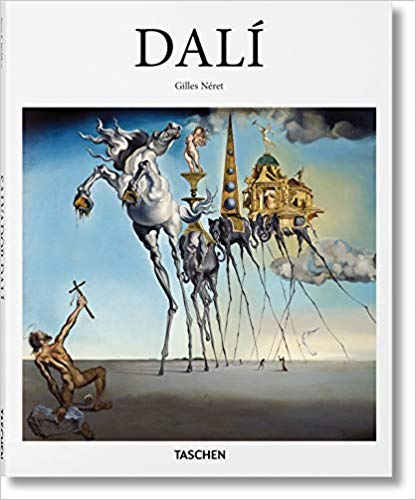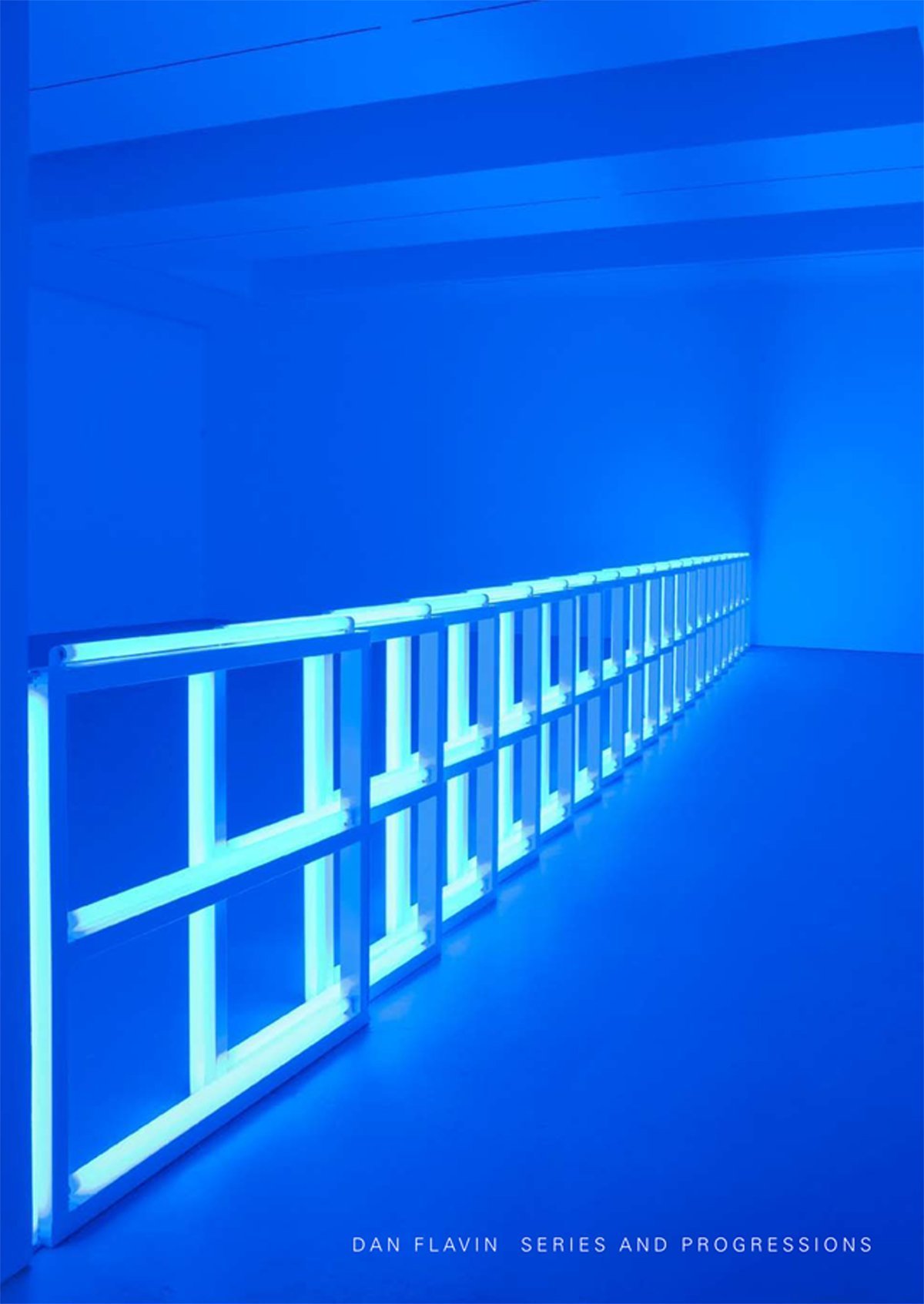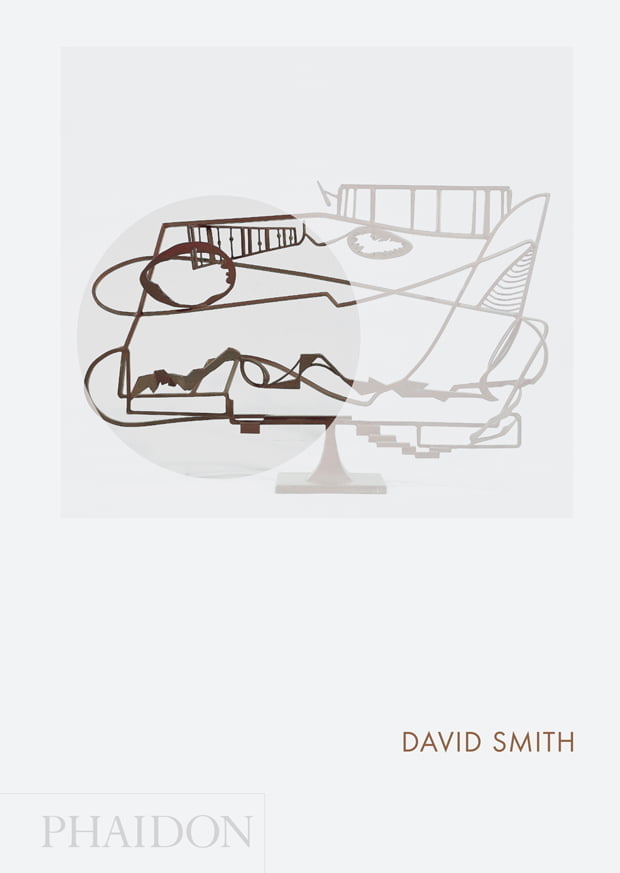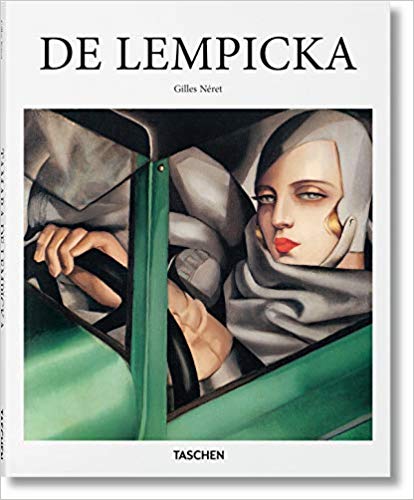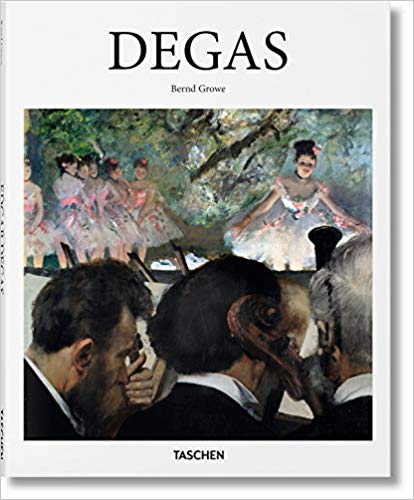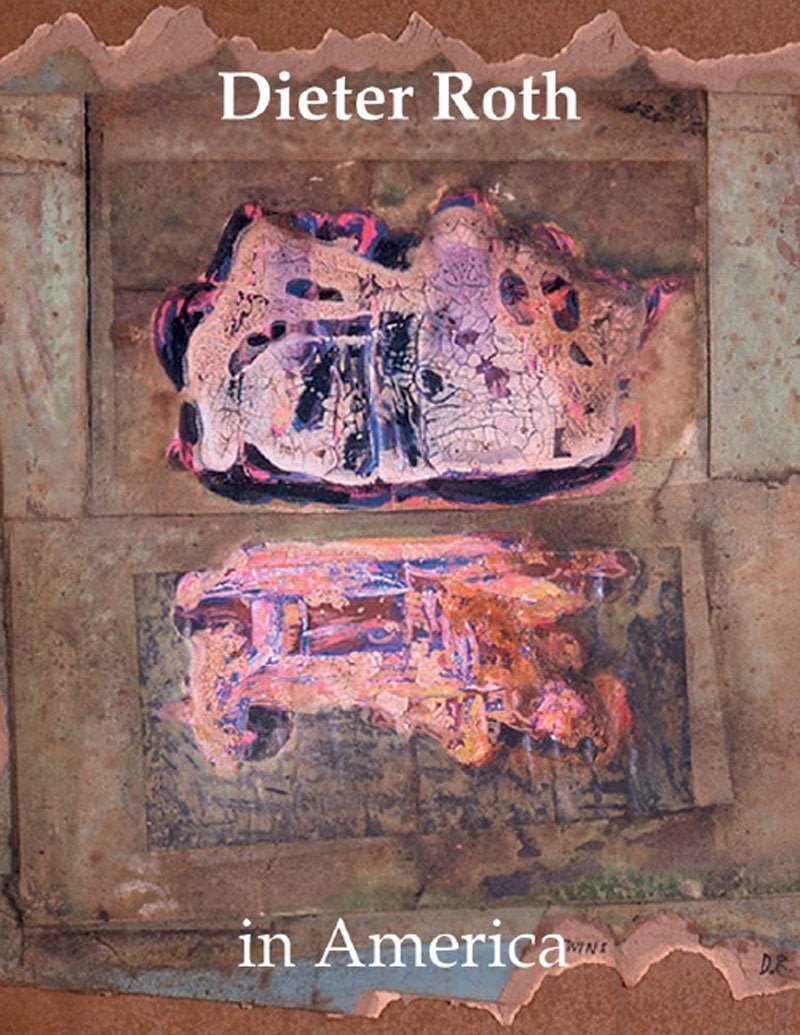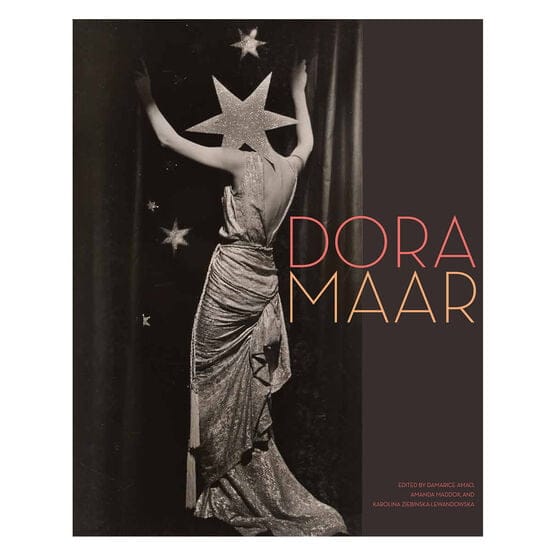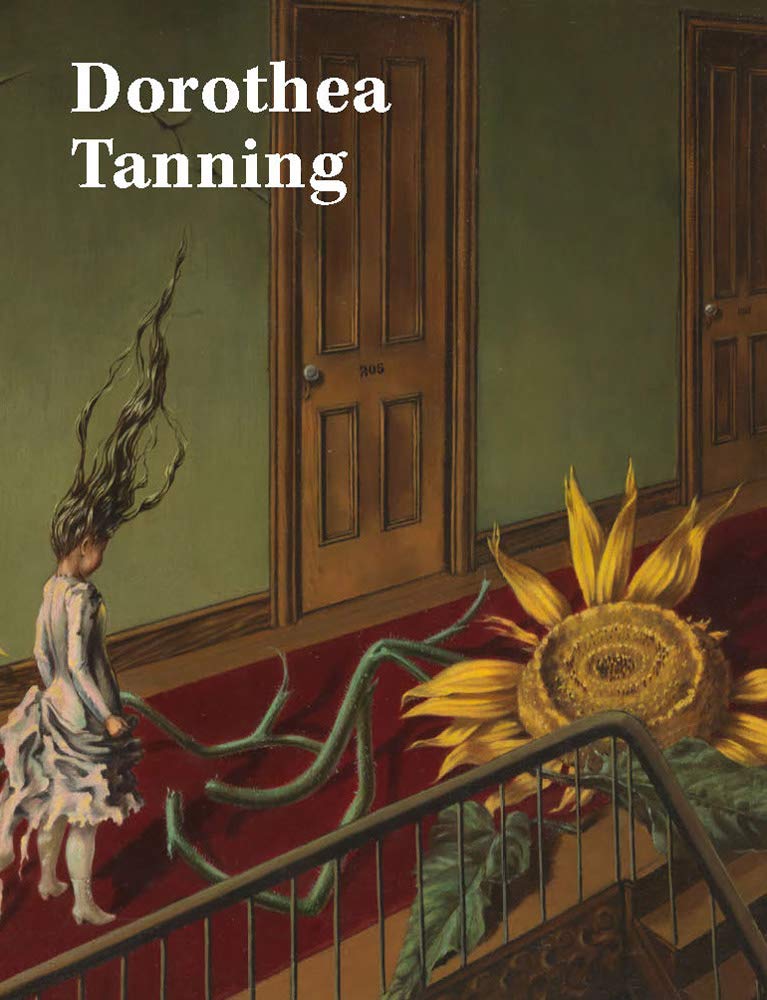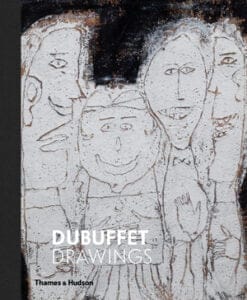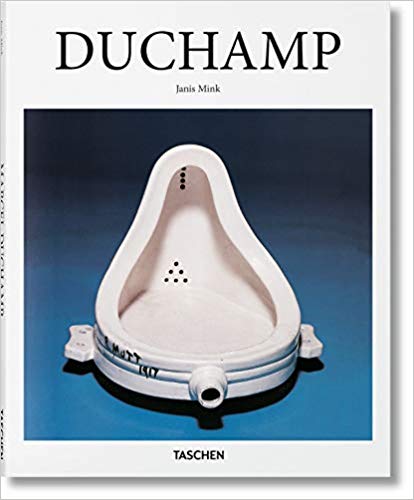Showing 113–128 of 293 results
-

R120Painter, sculptor, writer, filmmaker, and all-round showman Salvador Dalí (1904–1989) was one of the 20th century’s greatest exhibitionists and eccentrics. One of the first artists to apply the insights of Freudian psychoanalysis to art, he is celebrated in particular for his surrealist practice, with such conceits as the soft watches or the lobster telephone, now hallmarks of the surrealist enterprise, and of modernism in general.
-

R400Born in Bristol in the UK in 1965, Damien Hirst is one of the most controversial and highly regarded artists of his generation. His wideranging practice, which includes installation, painting, sculpture and drawing, challenges the boundaries between art, science and popular culture. Published to accompany Hirst’s first retrospective exhibition in the UK, staged at Tate Modern during the Olympics in 2012, this book will trace Hirst’s career from his emergence on the art scene in the late 1980s to his present status as one of the best- known artists working today.
With an introduction by curator Ann Gallagher, a new interview by Nicholas Serota, Director of Tate, and essays by curator Andrew Wilson, author and critic Brian Dillon and art historian and critic Thomas Crow, as well as shorter texts on key moments in Hirst’s career by Michael Craig-Martin and Michael Bracewell, this superbly illustrated survey is a fitting tribute to his ground-breaking achievements. Surveying 25 years of the artist’s practice, from young Turk of the British art scene to internationally respected figure, this book makes a major contribution to our understanding and appreciation of one the most significant artists of our time.
-

R200Series and Progressions examines Dan Flavin’s (1933-96) use of progressions and serial structures, ideas that were central throughout his career. Famed for creating sculptural objects and installations from fluorescent light fixtures, Flavin was one of the first artists to employ a systematic arrangement of color and light, and had a major influence on Conceptual artistic practices.
-

R450Viewed by both critics and her peers as the ultimate painter’s painter, her canvases are filled with a lush, boldly painted cast of characters that share the bravado and oddness of Paul Gauguin, Philip Guston, and the German Expressionists.
-

R320One of the best-known American sculptors of the modern period, David Smith (1906–1965) was a pioneer of abstract sculpture. He revolutionized the possibilities of metal sculpture by introducing the industrial process of welding, enabling him to create the most extraordinarily balanced compositions – using metal to ‘draw in space’. Predominantly known as a sculptor, the book also sheds light on his prolific practice of drawing, sketching, writing and photographing his sculptures.
-

R120De Lempicka’s style deployed cool colors and tight post-cubist forms into an at once neoclassical and voluptuous figuration. Her subjects are often nude and always sensual, aloof, and powerful. Bedecked in seductive light and textures, they command our attention but typically avert their gaze with an aspect of haughty grandeur. They include both high-society patrons and progressive portraits of emancipated and lesbian women, such as Women Bathing and Portrait of Suzy Solidor. De Lempicka’s notorious Self-Portrait in the Green Bugatti, meanwhile, was commissioned for the cover of German magazine Die Dame and became an icon of speed, sophistication, and female independence.
Through some of de Lempicka’s finest, most compelling portraits, this introduction explores the artist’s unique visual language and its privileged place not only in the annals of interwar art but also in the history of female artists and our collective consciousness of the Roaring Twenties.
-

R120Most commonly associated with the birth of the Impressionist movement in mid-19th-century Paris, Edgar Degas (1834–1917) in fact defied easy categorization and instead developed a unique style, strongly influenced by Old Masters, the body in motion, and everyday urban life.
-

R450British artist Dexter Dalwood (b.1960) is the closest thing the contemporary scene has to a ‘history painter’. He has built a strong reputation over the last decade, exhibiting widely in the UK, Europe and the United States. His haunting paintings and collages depict imagined scenes or landscapes that bear the traces of important historical moments, or places where celebrities of various kinds have lived or died.
-

R600Contains interviews with and photographs of the 25 people who knew or worked with Roth during his time spent in Chicago, Providence, New York, Philadelphia and Los Angeles. Many of the works Roth created during that period are illustrated here in full colour.
-

R800This hardback Dora Maar exhibition catalogue is an accessible and elegant introduction to the practice and impact of an unsung surrealist master. It contains many of Dora Maar’s greatest works, interspersed with texts by a selection of pre-eminent critics and writers. French photographer, painter and poet Dora Maar (b. Henriette Theodora Markovitch, 1907–97), was a…
-

R300Maurer trained in graphic techniques, and in her graphic works, she often examines the movement of markings left by different materials and production processes. Her works, be they photographs, graphic work or films, share a preoccupation with structure, relativity of perception and exploration of the medium’s limits. Essays to include an introductory overview by Tate curator Juliet Bingham; Klara Kemp-Welch will examine Maurer’s early works and pedagogical activities between 1975-7; Carly Whitefield will write on the artist’s film works and the state-run Balazs Bela Studio; and David Feher will survey the artist’s practice from the 1980s to the present day.
-

R660A major retrospective of the seven-decade career of Dorothea Tanning, the multifaceted artist who pushed the boundaries of surrealist art
American artist Dorothea Tanning (1910–2012) redrew the boundaries of surrealism. She first encountered the movement in New York in the 1930s, and in the 1940s, she married fellow painter Max Ernst and moved to the Arizona desert.
-

R150‘I provide the board, the pieces and the dice, but you are the ones that have to play’-Douglas Gordon
Over the past decade Douglas Gordon has received recognition as one of the most exciting and challenging British artist working today. His deployment of
-

R660An important new study of drawings by one of the most important French artists of the twentieth century
Jean Dubuffet (1901–1985) achieved international recognition in the late 1940s for his paintings inspired by children’s drawings, the art of psychiatric patients, and graffiti.
-

R180When is a urinal no longer a urinal? When Marcel Duchamp (1887–1968) declared it to be art. The uproar that greeted the French artist’s Fountain (1917), a porcelain urinal installed in a gallery, sent shock waves through the art world establishment that reverberate right through to today.
-

R540This book examines the work of Duchamp, Man Ray, and Picabia, three pioneering figures in the history of modernism. It explores the points of convergence and the parallels in their development throughout their careers.

